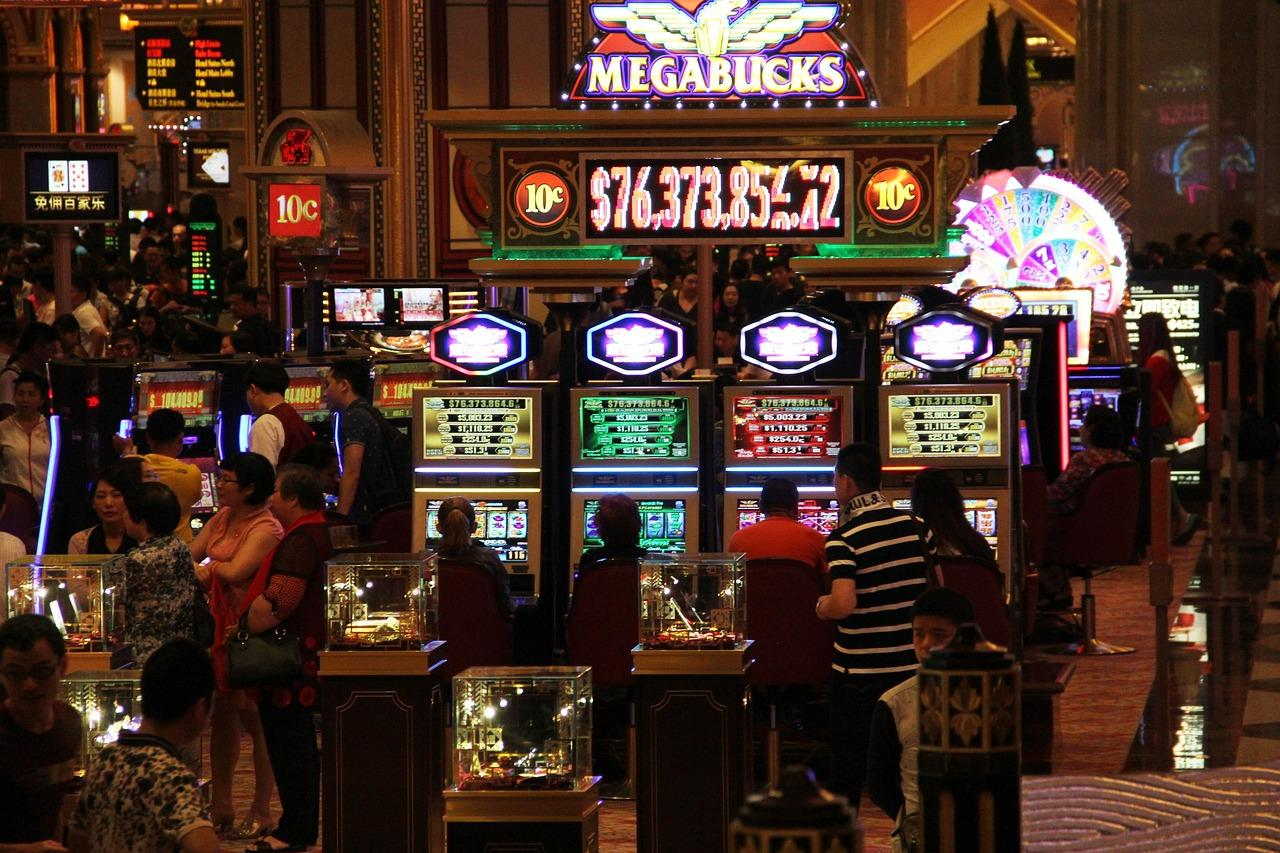The United States presents a striking contradiction in gambling policy, a country where neon-lit casino kingdoms rake in billions in Nevada deserts, but Utah’s wide open spaces are slot-machine-free on moral grounds. It is the result of profound cultural, economic, and political undercurrents that still influence state-level choices. As of 2025, Utah and Hawaii stand as the only states with total casino bans, while Pennsylvania emerges as a leader in digital gaming innovation.
Pennsylvania’s Digital Gambling Masterstroke
Pennsylvania’s 2017 gaming expansion act positioned it as America’s iGaming landscape. The state’s hybrid model combines high taxation with consumer protections, such as mandatory geolocation authentication to reduce underage access, ensuring that the state’s online gaming sector is properly regulated.
Pennsylvania is now at the forefront of the regulated online gaming space, and with a well-set-up framework implemented in 2017, classic iGaming staples have been able to thrive. Pushed mainly by the popularity of slots online, live poker also played a part but increased at a more moderate level. Despite this flourishing regulated market, crypto gambling is not provided through legal avenues in Pennsylvania, and this creates a huge gap for tech-savvy gamers who desire games such as online crypto baccarat, blackjack, and poker that have embraced cryptocurrency. Most players resort to offshore sites that provide benefits such as enhanced anonymity, quicker transactions, and reduced fees compared to traditional systems.
But the state’s highly developed iGaming infrastructure puts it in a good position to include cryptocurrency alternatives once regulatory hurdles are finally overcome – and the planned construction of a major crypto mine in the state shows that Pennsylvania is certainly willing to incorporate this digital currency.
The state’s February 2025 iGaming revenue grew 12.3% year-over-year to $207.6 million, while retail table game and slot revenue fell 7.2% and 8.1%, respectively. The growth is a testament to the changing consumer taste for the convenience and ease of access of online over land-based venues. Pennsylvania’s regulatory environment has been instrumental in helping this success become a reality by making online gaming not just lucrative but safe as well.
As of March 2025, with 22 licensed online casinos live in the state, Pennsylvania has the biggest regulated iGaming market in the United States, offering a broad range of games, including live dealer games, slots, poker, and table games.
The Moral Compass
While some US states rely heavily on gambling and the casino industry as a way to raise revenue and increase income from tax, others are not willing to compromise on their own values and ideals regarding this, at times, sensitive topic. Utah’s ban traces back to its 1896 constitution, influenced by The Church of Jesus Christ of Latter-day Saints’ stance that gambling violates commandments against coveting and idolatry – but critics believe it’s at the expense of the economy. Border casinos and websites continue to attract Utah residents to surrounding Nevada in 2024.
Hawaii’s resistance reflects different priorities. Despite losing plenty of revenue to illegal gambling operations, lawmakers prioritize cultural preservation over revenue. Honolulu Council members emphasize that casinos would industrialize the state’s ‘āina (land) and erode community values. Instead, Hawaii invests in ecotourism, which generated $10.4 billion in 2024. Critics call this strategy shortsighted, given gaming’s $329 billion national economic impact reported by the American Gaming Association.
States Betting Big on Gaming
Nevada’s $59.6 billion gaming industry provides the most jobs to its population statewide, with over 333,000 jobs, according to one report. Oklahoma tribal casinos cut reservation poverty levels from 38% to 11% since 1988, according to numbers quoted by the National Indian Gaming Commission. The economics math is persuasive: Nevada takes the lead at $15.5 billion of annual revenue and $8 billion of tax dividends, followed by Pennsylvania at $6.1 billion in revenue and $2.66 billion in taxes. Oklahoma tribal casinos produce $9.8 billion a year, employing 76,000 people.
On the East Coast, the New Jersey Atlantic City turnaround shows the revitalizing strength of gaming. Crumbling boardwalks of the past now support $4 billion in yearly spending visitation, though market saturation led to 12 commercial casino closures from 2014 to 2022. Such volatility highlights the danger of dependence on the industry.
Permanent Divide or Eventual Consensus?
Three forces embody long-standing policy divides. Cultural identity forces Utah and Hawaii to uphold bans as central to their religion, whereas Rust Belt states such as Pennsylvania employ casinos as tools for economic renewal. Technological disruption also makes it increasingly difficult to impose policy since unregulated platforms tempt players across prohibitive borders.
America’s gambling journey mirrors its social evolution:
- 1638-1860: Lotteries fund Harvard/Yale foundations
- 1890-1931: Moral reformers push statewide bans
- 1988: Tribal Gaming Act empowers Native economies
- 2018: Sports betting legalization sparks $42 billion market
In this federal gamble of high stakes, America’s gambling split is symptomatic of its chronic inability to balance profit and principle—a tension that will not easily be resolved. With electronic portals dissolving geographical limits, states are increasingly being pushed to conform or double down on tradition, guaranteeing this national contradiction for generations to come.






